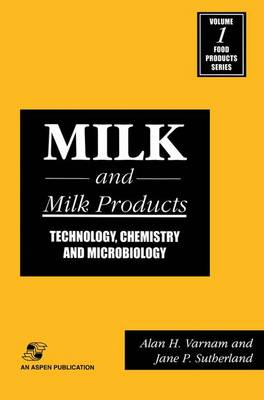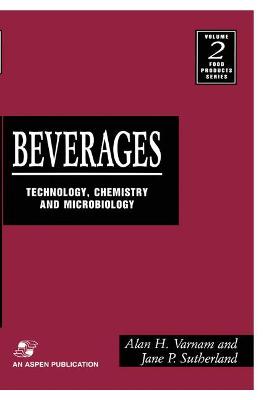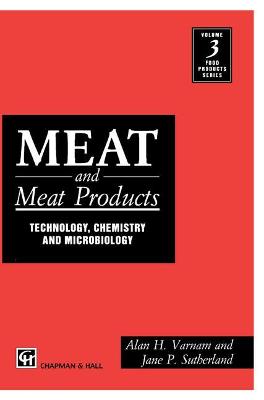Food Products
3 primary works
Book 1
not only of undergraduate and equivalent students, but of the new graduate entering industry and facing new and potentially frightening situations. To this end, the book is structured to meet the requirements both ofthe student, with a basic knowledge ofchemistry, biochemistry and microbiology and of persons working in the dairy industry. The basic approach isto discuss the manufacturingprocess in thecontextof technology and its related chemistry and microbiology, followed by a more fundamental appraisal of the underlying science. The dairy industry is defined in a broad context and information is included on imitationproducts and analogues. Anumber ofinnovations have been adopted in the presentation ofthe book. Information boxes and * points are used to place the text in a wider scientific and commercial context, and exercises are included in most chapters to encourage the reader to apply the knowledge gained from the book to unfamiliar situations. It is also our firm beliefthat the control of food manufacturing processes should be considered as an integral partofthe technology and for this reason control points, based on the HACCPsystem, are includedwhere appropriate. A note on using the book EXERCISES Exercises are not intended to be treated like an examination question. Indeed in many cases there is no single correct, or incorrect, answer.
Book 2
Beverages: Technology, Chemistry and Microbiology
by A. Varnam and J.M. Sutherland
Published 30 April 1994
Book 3
Meat and Meat Products: Technology, Chemistry and Microbiology
by A. Varnam and J.M. Sutherland
Published 31 December 1995
Meat and Meat Products integrates the fundamental disciplines of food science, such as chemistry and microbiology, with processing technology and product - related aspects such as criteria for acceptability. The book provides thoroughly integrated and up-to-date coverage of this important food group and by careful use of learning objectives, tables, figures, boxes and exercises, guides the professional and student alike through its user friendly and clear format.
The book includes details of conversion of muscle into meat, uncooked, comminuted and re-formed meat products, cured and cooked meats and meat products, fermented meats and frozen and dried meats and meat products. The study of meat and meat products is a major part of most food science and technology courses, and is therefore invaluable to undergraduate students studying these disciplines and to those taking more specialized MSc or other postgraduate courses.
As the book provides thorough coverage of all industrial aspects, including control points (HACCP), it is also of great use to food industry employees involved in product development, production management and quality assurance, especially those studying for professional qualifications. Academics involved in teaching elements of this subject and personnel involved in a regulatory capacity should also find this book ideal for their use.
The book includes details of conversion of muscle into meat, uncooked, comminuted and re-formed meat products, cured and cooked meats and meat products, fermented meats and frozen and dried meats and meat products. The study of meat and meat products is a major part of most food science and technology courses, and is therefore invaluable to undergraduate students studying these disciplines and to those taking more specialized MSc or other postgraduate courses.
As the book provides thorough coverage of all industrial aspects, including control points (HACCP), it is also of great use to food industry employees involved in product development, production management and quality assurance, especially those studying for professional qualifications. Academics involved in teaching elements of this subject and personnel involved in a regulatory capacity should also find this book ideal for their use.


